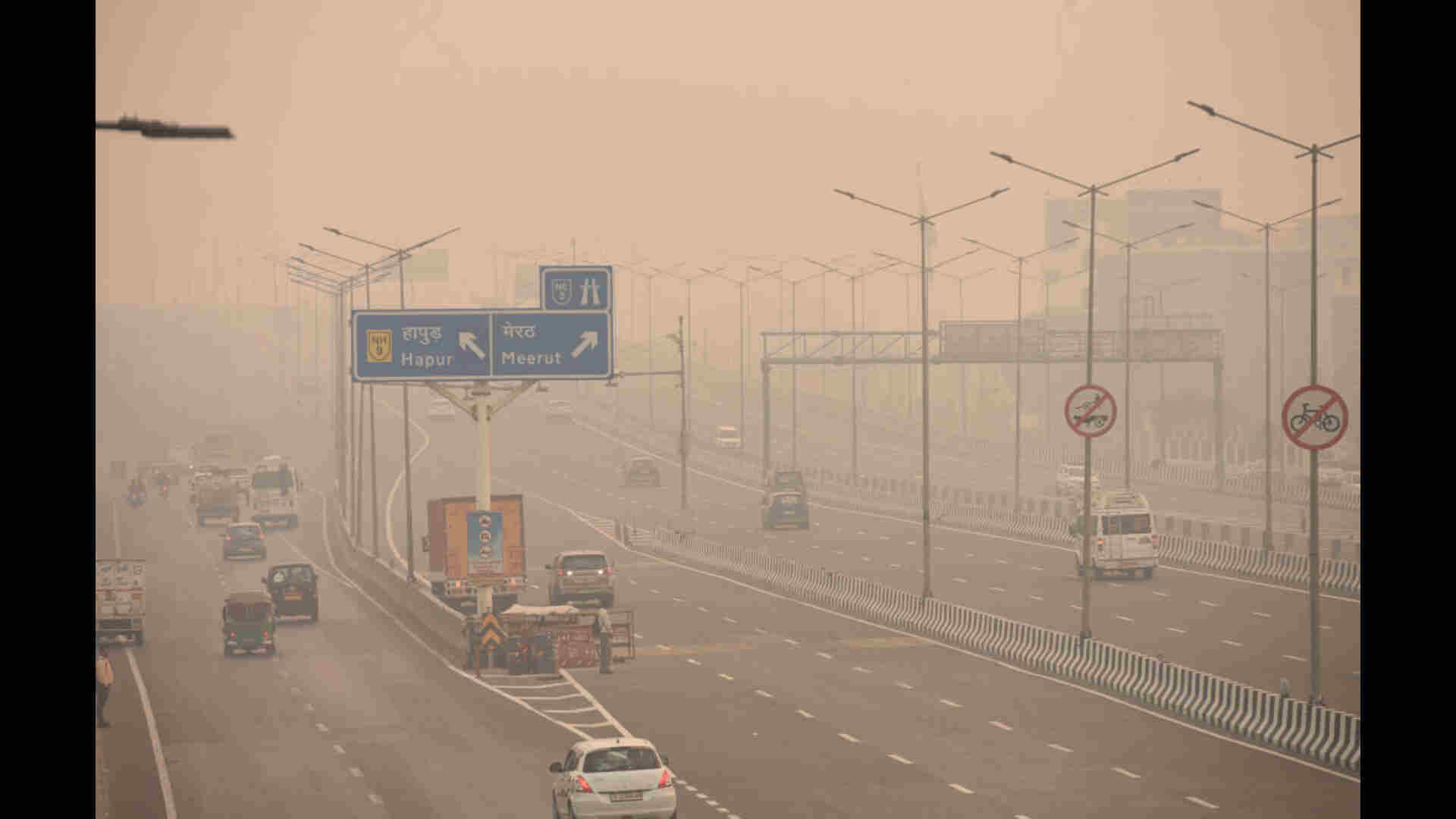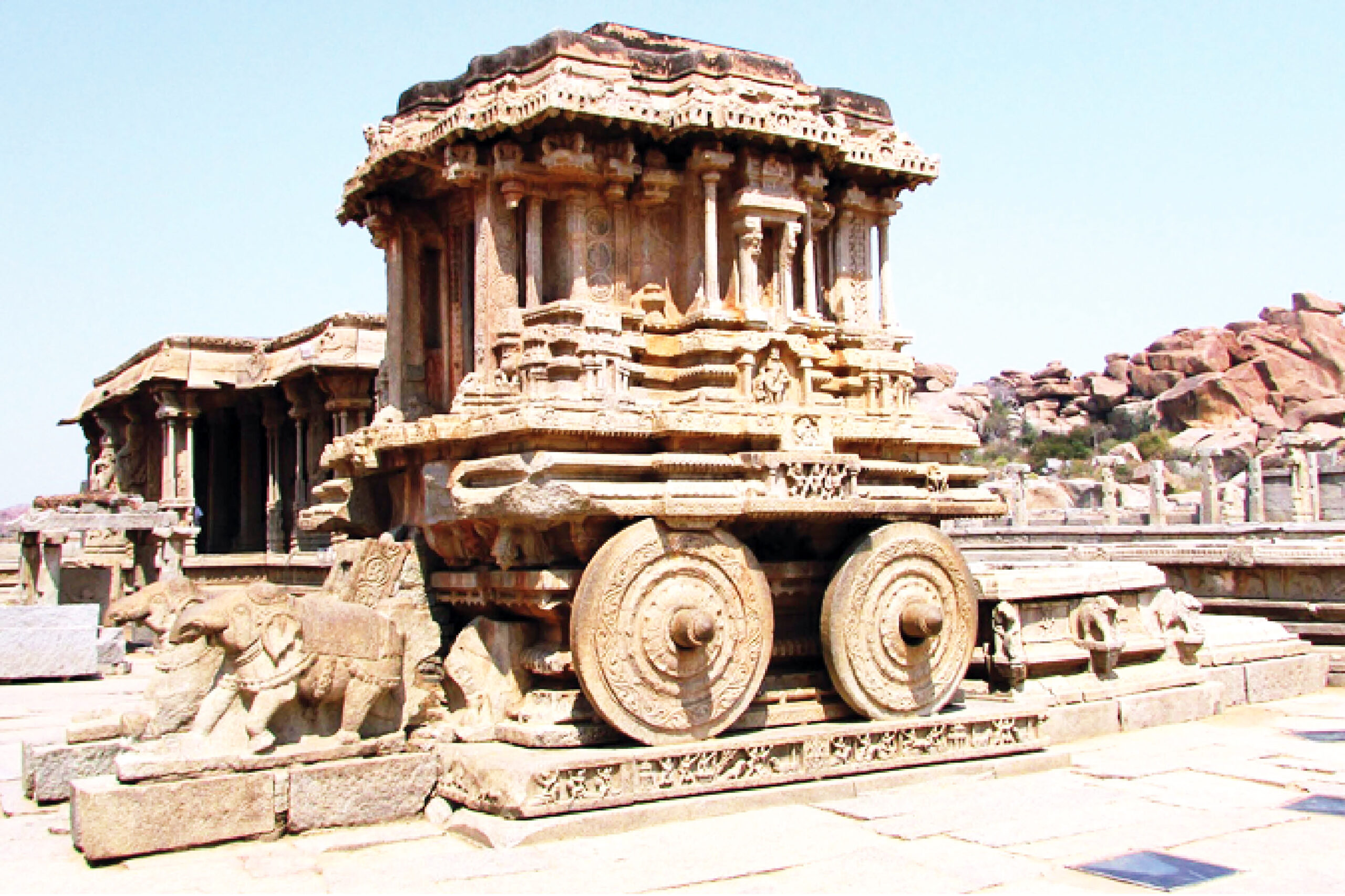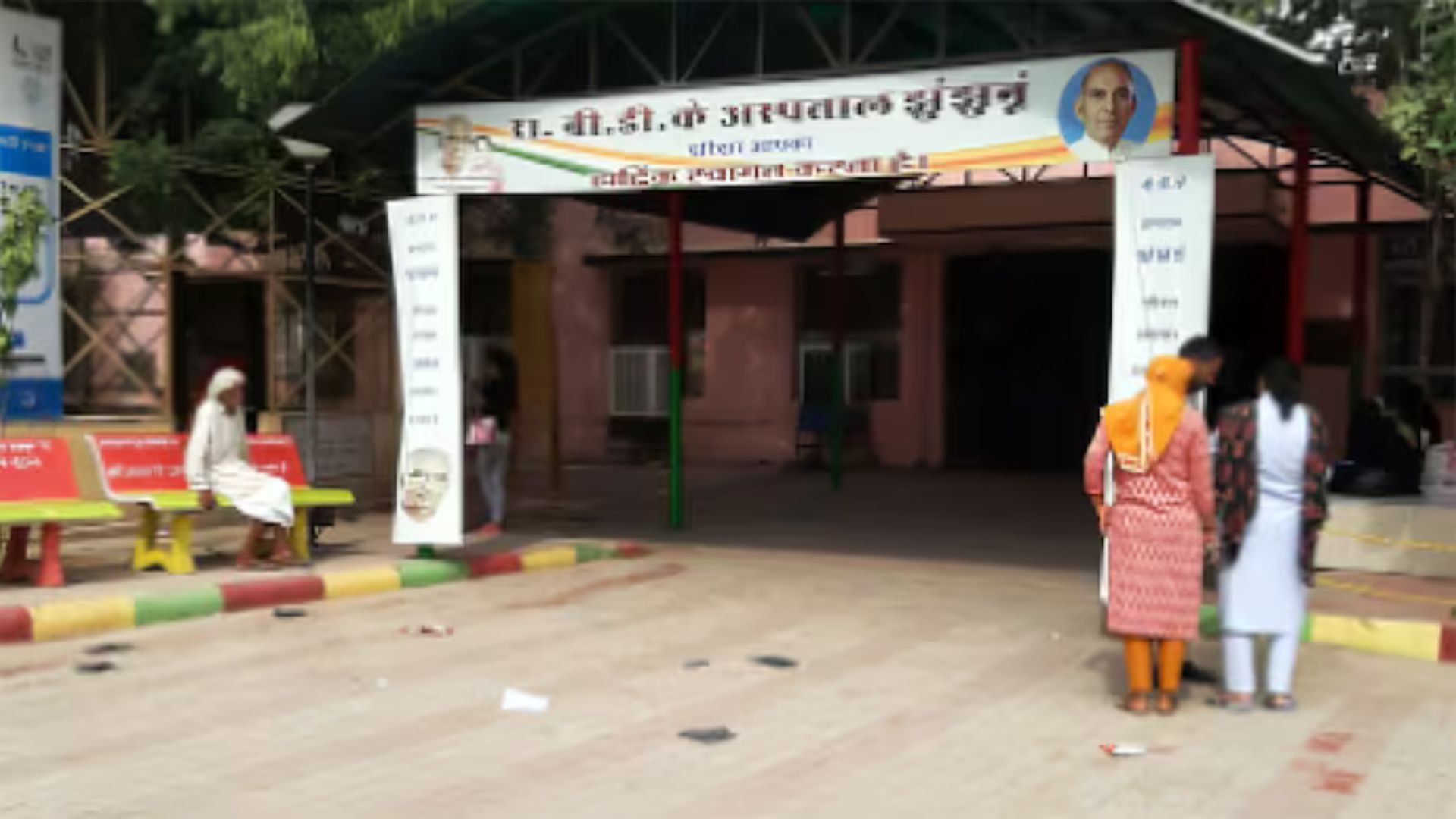
Delhi’s air quality remains in the ‘very poor’ category, with smog lingering across the city for the ninth consecutive day since Diwali. According to SAFAR data, Delhi’s Air Quality Index (AQI) was recorded at 360 at 8 a.m. on Saturday. Visuals show thick smog around Kartavya Path, with AQI reaching 391, while the area near AIIMS recorded an AQI of 343, according to CPCB data.
High AQI levels were also recorded in other parts of Delhi: Bawana at 409, Alipur at 387, Anand Vihar at 393, Dwarka Sector 8 at 362, IGI Airport at 344, Dilshad Garden at 220, ITO at 359, Mundka at 377, Najafgarh at 379, New Moti Bagh at 411, Patparganj at 389, RK Puram at 376, and Wazirpur at 399. The Akshardham area, a key route to Uttar Pradesh, registered an AQI of 393, classified as ‘very poor.’
Locals report a range of health issues linked to the pollution, including respiratory problems, headaches, coughs, and irritation of the eyes. “Pollution causes serious breathing problems, especially for the elderly and those with pre-existing health conditions,” said Shubham, a local resident.
Another resident at India Gate emphasized the need for collective action, saying, “There isn’t a single factor causing this smog. Stubble burning, vehicular pollution, and Diwali crackers all contribute. Everyone has to do their part to solve it.”
Aakash, another local, noted that pollution levels seem to increase every year, impacting even young people. “This year, it feels worse,” he observed.
Doctors in Delhi are also witnessing a spike in cases of respiratory issues, correlating directly with the poor AQI. Dr. Bobby Bhalotra, Vice Chairman of Respiratory Medicine at Sir Ganga Ram Hospital, confirmed a rise in breathlessness cases, especially among asthma patients, smokers, and those working in dusty environments. “Citizens need to take responsibility to reduce pollution and limit their exposure,” he advised.
The AQI is categorized as ‘poor’ between 200 and 300, ‘very poor’ from 301 to 400, and ‘severe’ between 401 and 450.
Delhi’s Environment Minister Gopal Rai recently chaired a meeting to address the city’s air pollution, urging for collaborative action across North Indian states and criticizing neighboring states for “politics” over the pollution crisis.















